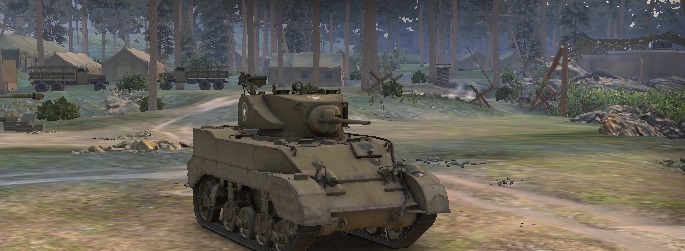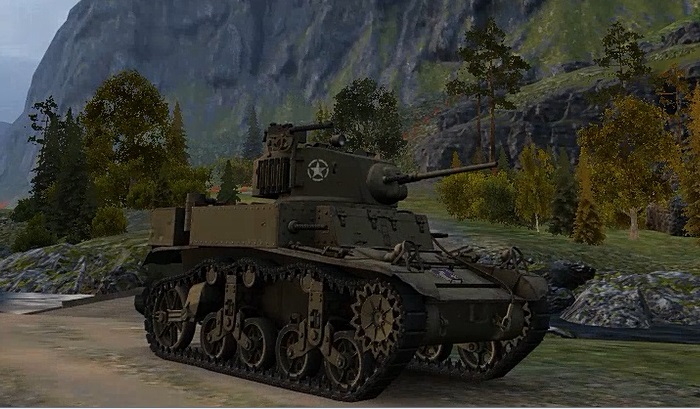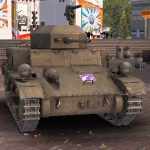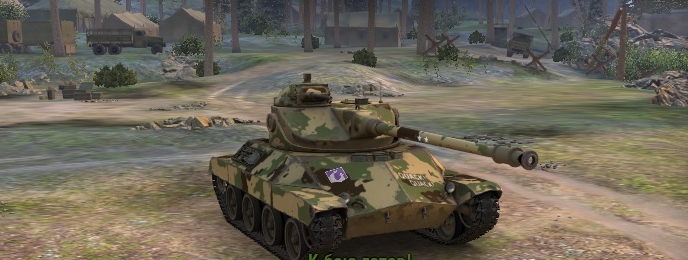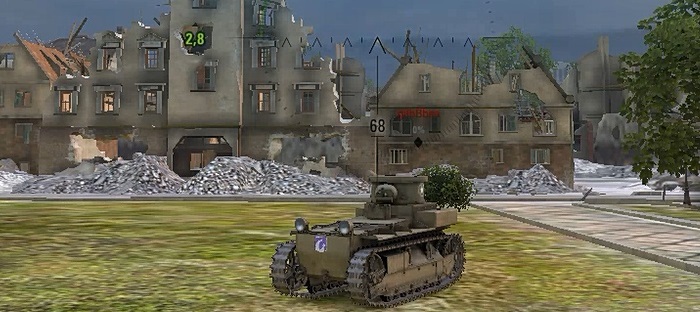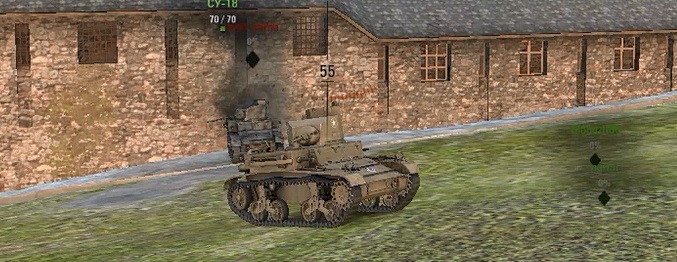American light tank M5 Stuart Produced since April 1942. It was an improved modification of the M3. By June 1944, 8,884 cars of two modifications were produced. Used on all fronts.
American light tank M5 Stuart – power plant of two carburetor 8 cylinder engines Cadillac Series 42 V8 with a total capacity of 220 hp and the Cadillac Hydra Matic automatic transmission. New fully welded body with front armor 63 mm.
At the Pacific theater of military operations, the “Stuarts” of all modifications fought as part of the tank battalions of the Marine Corps until 1945. For the destruction of the Japanese bunkers on the islands was used flamethrower version of the “Stuarts”.
During the Second World War, “stewards” of various modifications besides the US army were in service with Britain, the USSR, China, the troops of Free France, the Polish and Czechoslovak troops in the West, and the People’s Liberation Army of Yugoslavia. A significant number of combat vehicles – 683 – were transferred to Latin American states, where they were in service until the 70s.
In the World Of Tanks, the American light tank M5 Stuart is at level 4. This is a unique tank from all available and publicly available. Its feature is a weapon with a loading mechanism. Unlike other reel guns, the 37 mm Gun T16 fires about 5 rounds for one volley as machine guns.
The American Light Tank Its feature is a weapon with a loading mechanism. Unlike other reel guns, the 37 mm Gun T16 fires about 5 rounds for one machine guns.
From the weapons you can install one of the two guns 37 mm Gun M6 or 37 mm Gun T16. Both guns can pierce armor in 56 millimeters and inflict about 40 units with one projectile. The 37 mm Gun T16 differs from the 37 mm Gun M6 in that it has a unique loading mechanism and a drum which, in one shot, launches about 5 rounds in a shorter period. Thanks to this tool you can quickly disassemble enemy tanks for parts. But there is a small drawback, when the shell was fired and the first shot occurred, the drum would be discharged until the shells in the drum ran out. And there is a risk of accidentally damaging an ally’s tank when the drum is discharged.
[utubevideo id=”42″]
